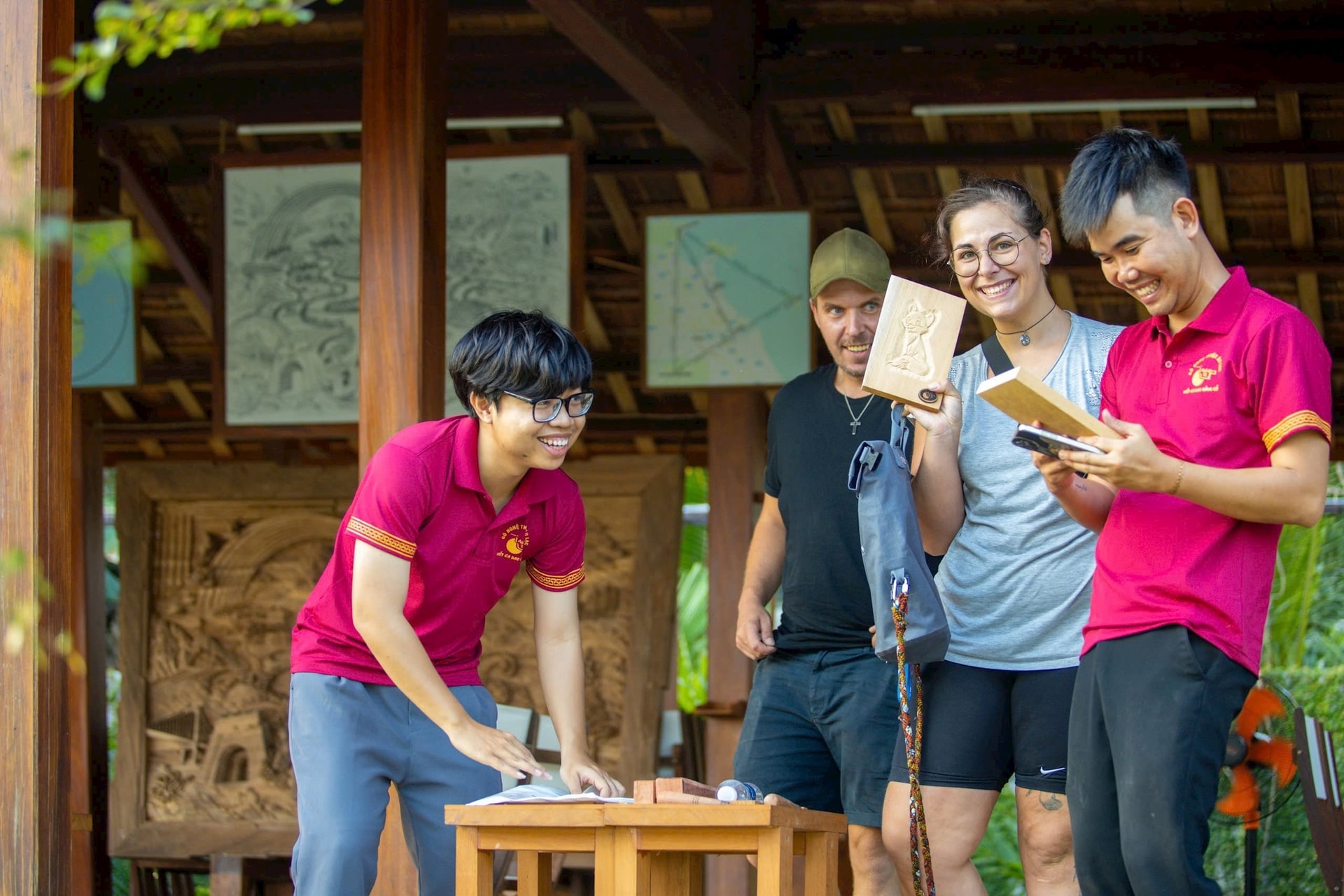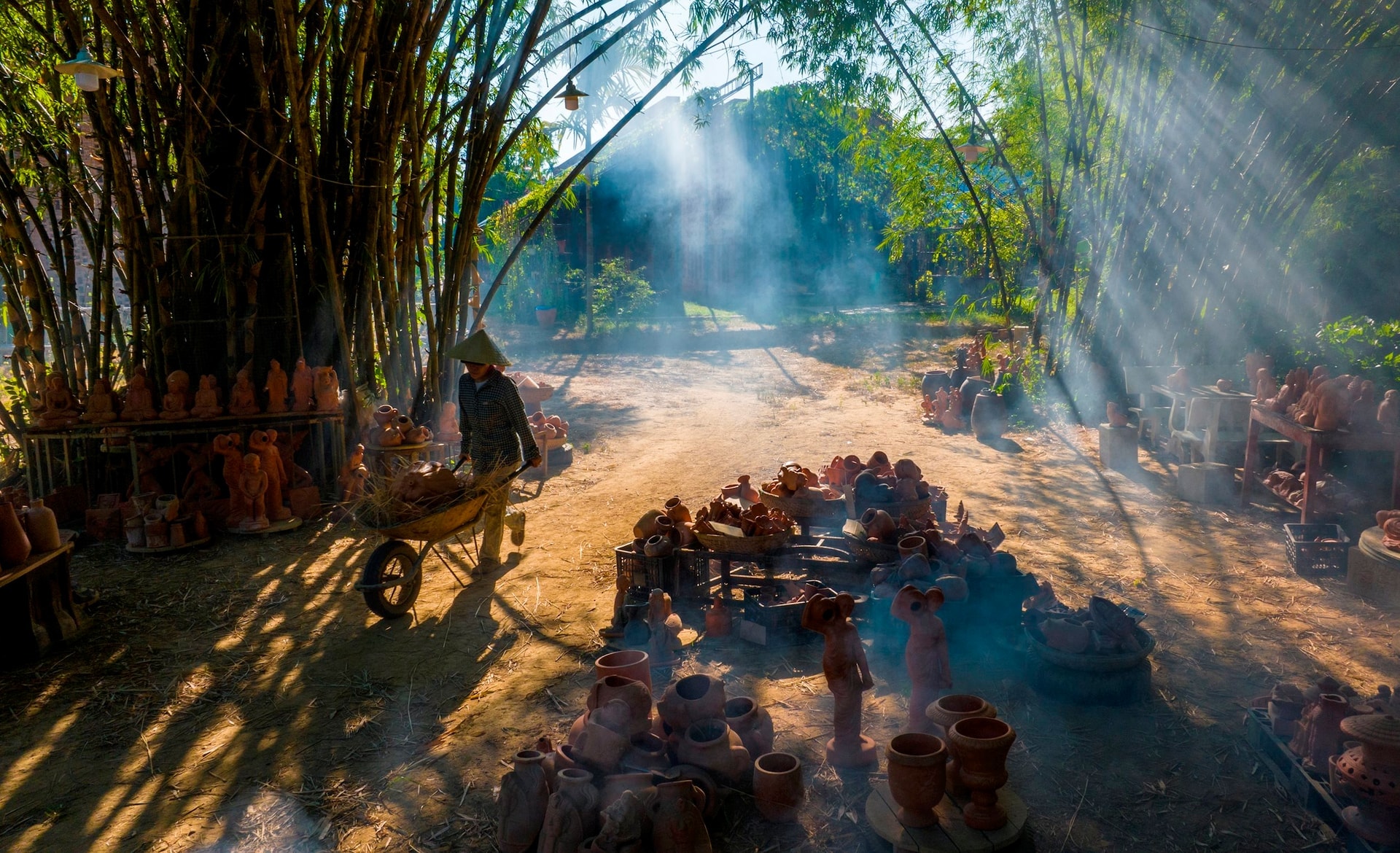Dien Ban: An open space for urban tourism
(QNO) - According to Quang Nam’s plan, Dien Ban - Hoi An is being developed as a centre for tourism, services, heritage preservation, and ecological industry.

Dien Ban aims to build sustainable tourism by focusing on “ecotourism-countryside-craft villages” and maximising local cultural values.
Hoi An and nearby areas focus on cultural tourism, including visiting heritage sites, attending festivals, ethnic art shows, craft villages, conference tourism, and beach and resort tourism.
Cham Islands is prioritised for upscale seaside resorts, while coastal areas like Dien Ngoc- Cam An and the Co Co river will develop 3-star and above resorts and entertainment complexes.
Dien Ban sits on the route linking Hoi An with the My Son Sanctuary, offering cultural tourism combined with ecological tours.
Key tourism types include heritage tourism, international-standard resorts, marine ecotourism, sea sports, community tourism, and weekend recreation.

Located between Hoi An and Da Nang, Dien Ban holds an important role in connecting tourism spaces in Central Vietnam. The local government promotes tourism based on agriculture, countryside, and traditional crafts to create lasting attraction.
Traditional craft villages like Phuoc Kieu bronze casting, Triem Tay mat weaving, and Phu Chiem rice paper, along with community tourism in Go Noi, offer visitors cultural and historical experiences.
Future development plans include forming tourism chains connecting Cham Islands, Hoi An, Dien Ban, and Da Nang via yacht piers and resort zones, alongside community tourism along the Thu Bon river.
Being only 30 minutes from Da Nang, Dien Ban is set to benefit from urban integration and infrastructure upgrades, creating new opportunities to connect with international markets and offer authentic cultural and ecological tourism experiences
